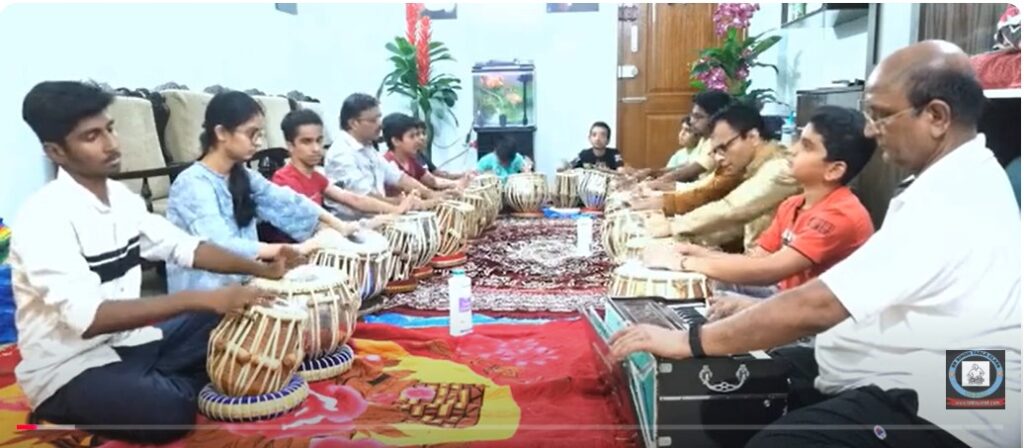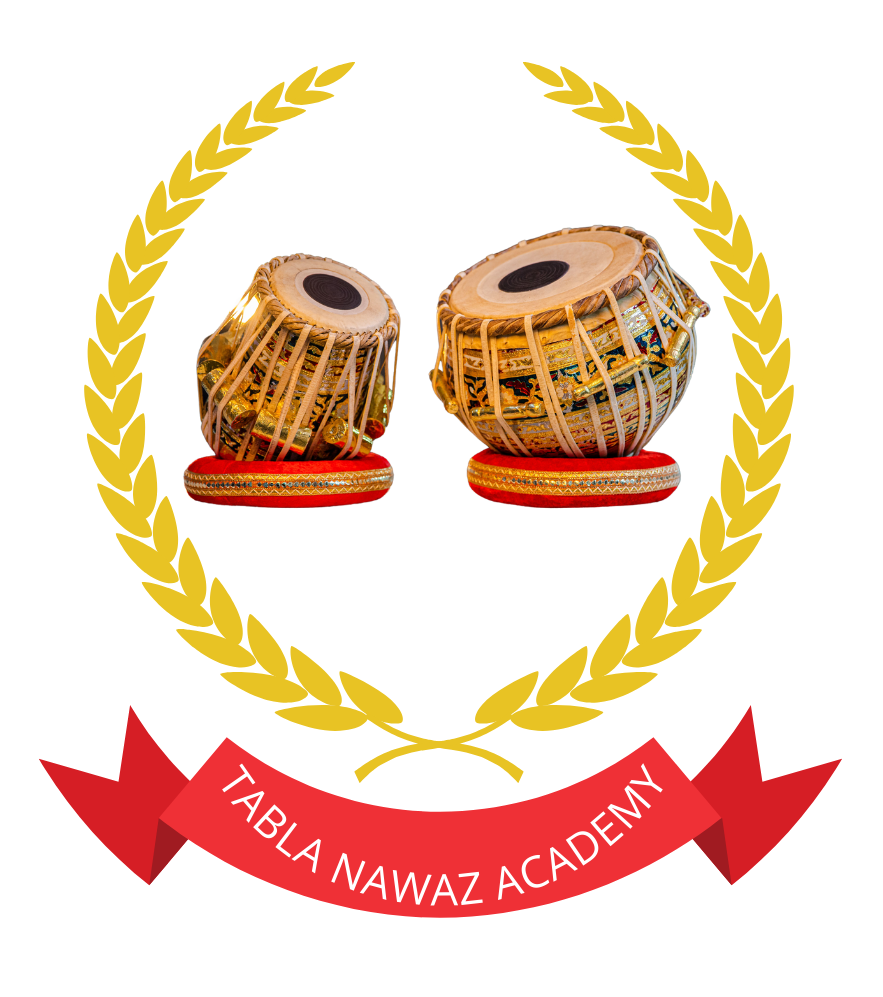Ek Taal Theka Ek Taal, also spelled as Ektaal, is a 12-beat rhythmic cycle (or Taal) used in North Indian classical music. It is structured into six divisions (Vibhags) with each Vibhag containing two beats (Matras), following a pattern of 2+2+2+2+2+2. This symmetrical structure makes Ek Taal ideal for slow to medium-tempo compositions in classical forms like Khayal and instrumental performances
Here’s a breakdown of Ek Taal:
- Beats (Matras): 12
- Divisions (Vibhags): 6
- Taali (Claps): Taali is on the 1st, 5th, and 9th beats.
- Khaali (Wave): Khaali is on the 3rd beat.
The typical Theka (basic rhythmic pattern) of Ek Taal is as follows:
Dha Dhin | Dha Dha | Tin Ta | Ta Dhin | Dha Dha | Tin Ta
Ek Taal’s balanced structure allows for versatility and complex compositions in tabla and other percussion performances.
Introducing the-

https://www.youtube.com/@BhagawanSingh
https://www.facebook.com/sbsinghtablaguru
Ek Taal is a popular 12-beat rhythmic cycle that holds significant importance in Hindustani classical music. It is known for its symmetry and versatile application, making it suitable for a wide range of compositions and improvisations, particularly in classical vocals, instrumental performances, and tabla solos.
Here’s a detailed breakdown of Ek Taal’s structure and applications:
Structure of Ek Taal
- Total Beats (Matras): 12
- Divisions (Vibhags): 6
- Grouping: Each Vibhag has 2 beats, following the sequence of 2+2+2+2+2+2.
- Taali (Claps): Taali, or claps, are placed on the 1st, 5th, and 9th beats.
- Khaali (Wave): Khaali, or a wave (no clap), occurs on the 3rd beat.
This structure of taali and khaali adds variety to the rhythm and helps musicians and listeners recognize the cycle.
Theka (Basic Pattern) of Ek Taal
The basic Theka of Ek Taal, as played on the tabla, is a sequence of specific syllables or “bols” that outline the rhythm. Here’s the standard Theka:
markdown
Copy code
1. Dha Dhin | 2. Dha Dha | 3. Tin Ta | 4. Ta Dhin | 5. Dha Dha | 6. Tin Ta
In detailed form with divisions and claps:
- 1st Vibhag: Dha Dhin (Taali on Dha)
- 2nd Vibhag: Dha Dha (Khaali on Dha)
- 3rd Vibhag: Tin Ta (Taali on Tin)
- 4th Vibhag: Ta Dhin (Khaali on Ta)
- 5th Vibhag: Dha Dha (Taali on Dha)
- 6th Vibhag: Tin Ta (Khaali on Tin)
Each beat or “bol” in the Theka has a specific sound and is played with different hand movements and techniques, contributing to Ek Taal’s unique feel and rhythm.
Usage of Ek Taal
Ek Taal is versatile and supports various tempo levels:
- Vilambit (Slow) Tempo: Used for expressive, slow compositions, often for improvisations in Khayal or Alaap.
- Madhya (Medium) Tempo: Common in instrumental pieces and traditional compositions, where a steady rhythm is essential.
- Drut (Fast) Tempo: Sometimes used in lighter compositions or tabla solos where speed and technical mastery are displayed.
Applications in Classical Music
Ek Taal is ideal for compositions in styles like:
- Khayal: In classical vocal music, Ek Taal supports complex melodies and allows for detailed improvisation.
- Instrumental Music: It is frequently used in sitar, sarod, and flute performances.
- Tabla Solo Performances: Ek Taal provides tabla players ample space for intricate patterns, with bol combinations and variations in different tempos.
Variations and Advanced Use
Advanced tabla players often perform complex Kaydas, Relas, and Tukras (different tabla compositions) in Ek Taal. They may also vary the basic Theka, using intricate bol patterns, while keeping the 12-beat cycle intact. This Taal is favored for its ability to handle rhythmic complexity while maintaining a structured, symmetrical framework.
Characteristics Summary
- Symmetrical Cycle: The 12 beats and six equal divisions give Ek Taal a highly balanced feel.
- Structured Yet Flexible: The cycle’s even distribution of beats allows both fixed compositions and flexible improvisations.
- Foundation for Creativity: Its moderate pace (usually played in Madhya tempo) provides a solid foundation for detailed rhythmic exploration, especially in tabla performances.
Ek Taal’s adaptability and clarity make it a foundational Taal for students and performers in Hindustani classical music.
4o

